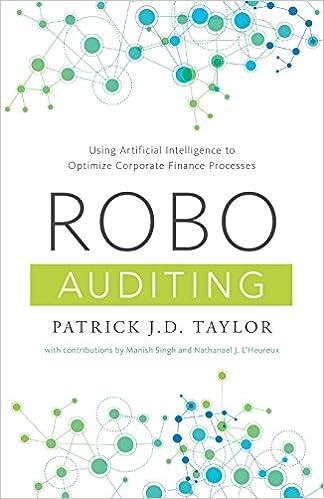Question
We assume that the demand for a good X as a function of price p and income m is modeled by the function D =
We assume that the demand for a good X as a function of price p and income m is modeled by the function
D = f(p,m) = m2ep
a)find fp (2, 1, ) and fm (2, 1). Interpret your results.
b) Calculate the second partial derivatives of f and deduce the Hessian matrix at point (2, 1).
2.
a)Calculate ElmD and deduce the nature of good Xa.
(ElmD is the partial elasticity of D in function of m)
(X is a necessary good if the income elasticity of demand ElmD is between 0 and 1 (0 < ElmD < 1). X is a luxury good if the income elasticity of demand ElmD is greater than 1 (ElmD > 1). Finally, X is an inferior good if the income elasticity of demand ElmD is less than 0 (ElmD < 0).)
b)How does the proportion pD/m of income devoted to good X vary with income m.
3.We assume that price p and revenue m depend on time t such that the demand can be written as a function of the single variable t, D(t) = f (p(t), m(t))
a)Express D/D as a function of p/p and m/m.
b)Simplify the result found in a. if p(t) = p0t and m(t) = m0t, with > 1 and > 1.
4.We suppose that the composite functions p and m depend on two basic variables t and s. Compute D/t and D/s if p(s, t) = t ln(s + 1) and m(s, t) = (st + 1)2
5.We assume that the supply S of good X depends only on price according to the equation S = g(p) = 3p2 + 10. The market equilibrium of good X implies that m2ep = 3p2 + 10. We suppose that this equation implicitly defines p as a function of m and we write p = p(m). Calculate p(m) = dp/dm and discuss its sign.
6.In this question we assume that the system (1) implicitly defines p and m as functions of t and s in the neighborhood of (p,m,t,s) = (0,4,0,1).
(1) mp=tln(s+2) m+p = (st+2)2
a)Give the values of p(0, 1) and m(0, 1)?
b)Calculate p/t, p/s, m/t and m/s in (0, 1) using the differential.
c)If t = 0 increases by 0.01 and s = 1 decreases by 0.02, approximately what is the new value of p? (Ind.: We must give an approximation of p(0 + 0.01; 1 0.02)).
Step by Step Solution
There are 3 Steps involved in it
Step: 1

Get Instant Access to Expert-Tailored Solutions
See step-by-step solutions with expert insights and AI powered tools for academic success
Step: 2

Step: 3

Ace Your Homework with AI
Get the answers you need in no time with our AI-driven, step-by-step assistance
Get Started


